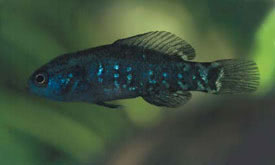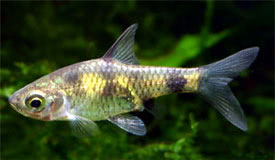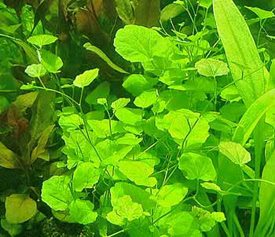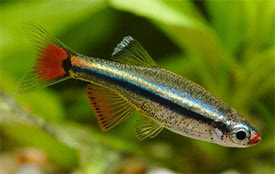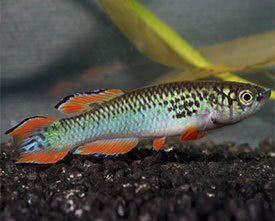
 Magyarul / Hungarian
Magyarul / Hungarian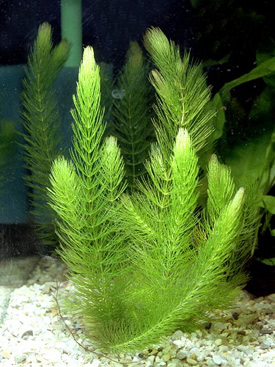
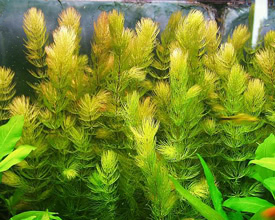
- Scientific name: Ceratophyllum demersum
- Synonym: Ceratophyllum aspera; C. cornutum; C.cristatum; C. gibbum; C. muricatum
- Common name: Hornwort
- Family: Ceratophyllaceae
- Group: Aquarium plants
- Max height: 80 cm
- Distribution: Worldwide
- Habitat: Stagnant and slow-moving, predominantly eutrophic waters, occasionally brackish water as well.
- Substrate: Sand
- Placement in aquarium: Background, middleground, floating
- Planting density: 5-6 plants for 20 cm2
- Lighting needs: Bright
- Temperature: Not critical
- pH: 6,5-7,5
- Hardness: Not critical
Description: Hornwort can be used either as a floating
plant or as an upright stem plant. Althouch it has no roots, in nature it produces rootlike rhizoids that anchor it to the substrate. This fragile plant breaks easily and any sizable pieces will grow into individual plants. Side shoots are produced regularly and if left unattenced, the plant becomes a dense mass of tangled vegetation. Hornwort can be used in coldwater and tropical tanks and provides good hiding areas for fry and young fish.
Ceratophyllum demersum is an undemanding and recommendable aquatic plant which, depending on its origin, can be used either in garden ponds (hardy), in cold-water aquariums or in tropical aquariums. It loves medium-hard to hard, alkaline water with temperatures up to about 30 °C. Light requirements are moderate. The shoots can be left to float on the water surface within aquariums, or alternatively, being more decorative, be set as a bunch. Such planted specimens, though, will quickly reach the water surface so that they have to be trimmed regularly. Due to its rapid growth, C. demersum can find good use as a competitor for nutrients in an aquarium infested by algae. However, the plants will often react with decay to the supply of chemical additives. Because of the hard leaf structure, the species is especially suitable for cichlid aquariums. Flowers Occasionally formed but fruit, on the other hand, is rare. Pollen is transferred through the water.





